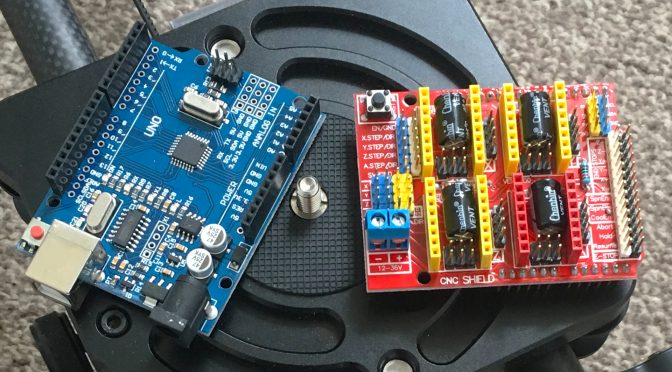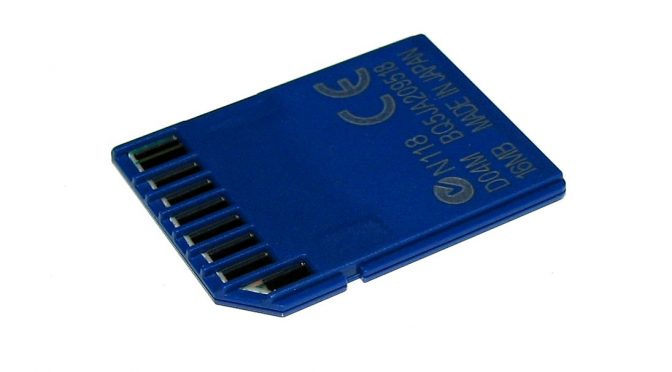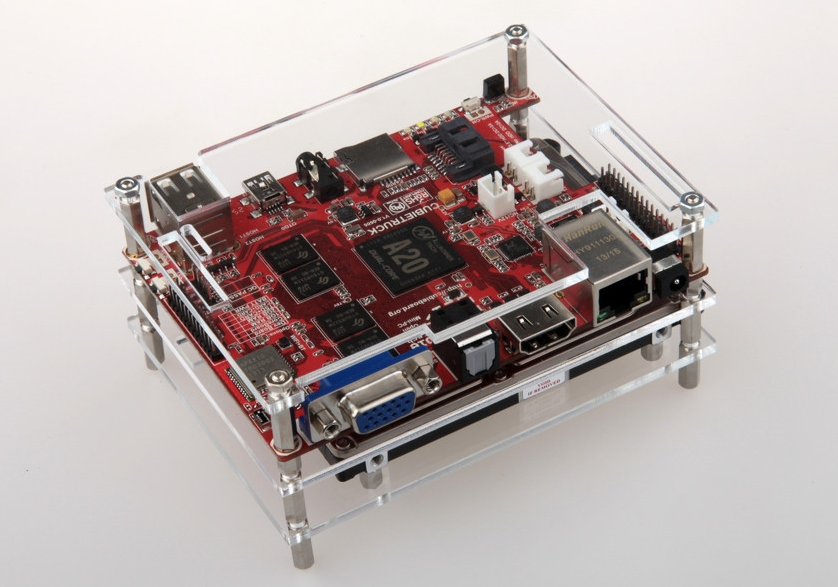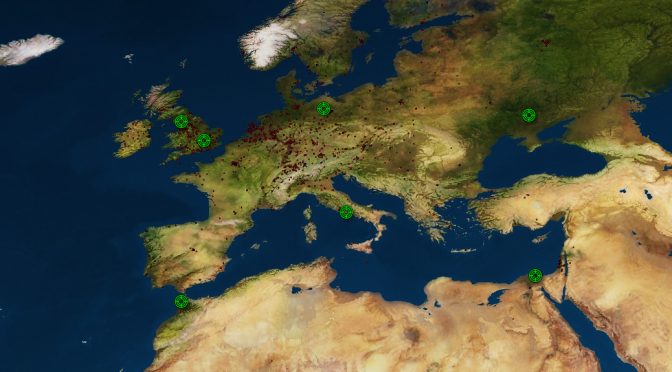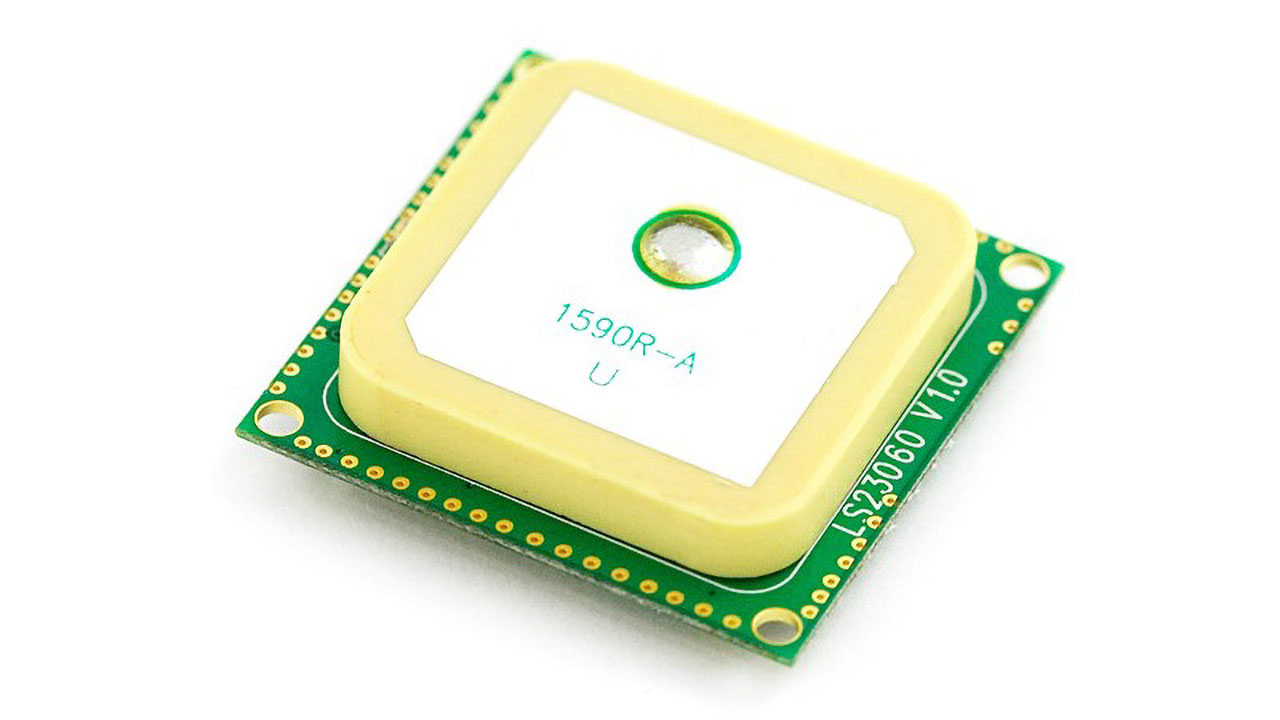In Part 1 of this little adventure, I spoke about the 3D printed parts I created to motorise my camera slider. I plan to make a few revisions to those printed parts in the future, but for now, they’re functional, so I’m leaving them alone for the minute. Now, it’s time to move onto the electronics side of things.
My plan is to power the whole setup using 3 cell LiPo RC batteries. I have a bunch of these from a drone I no longer use, so I figure I should do something with them instead of leaving them to rot.
But I can’t just hook a stepper motor straight into a battery and magically expect it to work. I need other items, too. And that’s where this post comes in.
Continue reading Motorising my camera slider – The electronics
